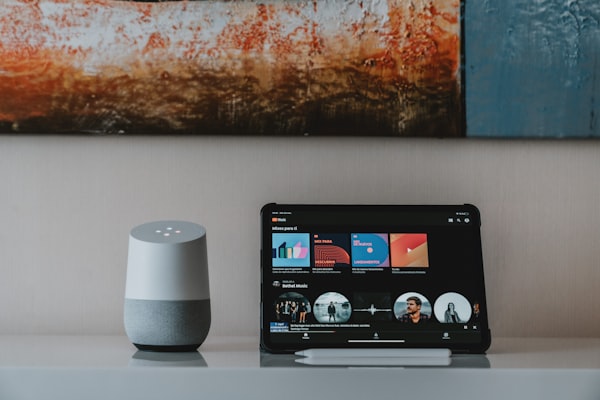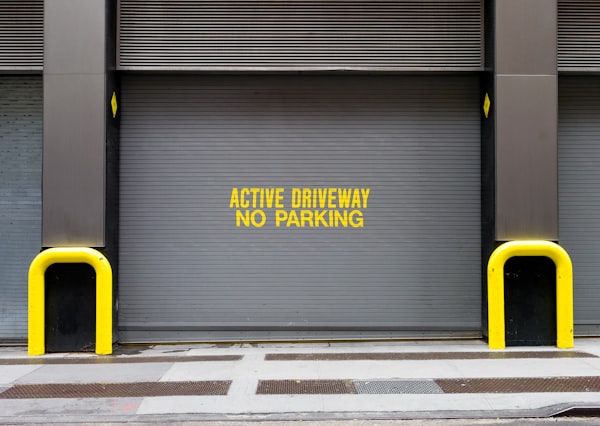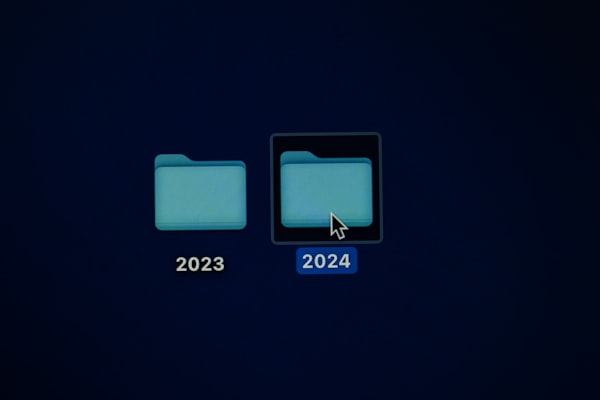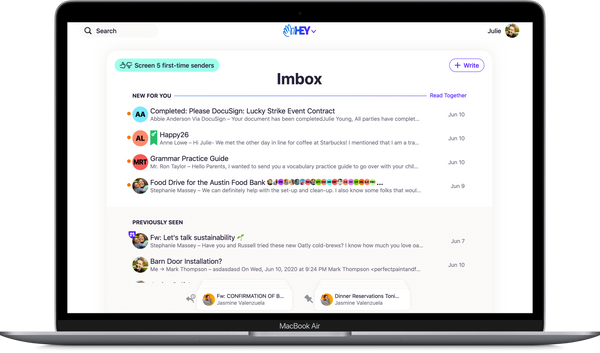How Is Linux in 2021?
Linux is no longer difficult; many improvements have been made to it. How is to use it in 2021?

5 years ago, nobody thought Linux could be beautiful and user-friendly, but recently a few Distros (aka. Linux Versions) polished and improved the UI/UX (User Interface/ User Experience), making Linux a beautiful and easy-to-use Operative System.
Design
The design has always been Linux's downside; clunky, old-looking, not dynamic elements or the lack of integration with third-party software are a major part of why users have this opinion, yet this is changing rapidly.
Many projects have been improving the user experience; Gnome 40(included in Ubuntu and Fedora), KDE(5.20), Pop!OS, ZorinOS(16), ElementaryOS (6), and SolusOS(Budgie 4.2) are only a handful of them but there are several other Distros available.
Gaming
Oh dear, gaming on Linux has always been a big and wide debate; in the last few years Steam, the biggest video games Store, has been investing in Proton, a layer in which games developed for Windows are being “forced” to be compatible with Linux.
Most of the biggest Steam titles will run on Linux and the few handfuls of top-tier games that don’t run on Linux, are because of the anti-cheating software that those developers used, and Steam is already making this compatible.
If you’re interested in using Linux but want to ensure that your favorite game is compatible, search for it on ProtonDB.
Office Apps
Being brief, Microsoft Office 365 is not yet compatible with Linux but there are three ways to work around this:
- Use an alternative Office Suite, LibreOffice, OnlyOffice, Google Docs, Office 365 Online, WPS Office, SoftMaker FreeOffice
- Third-party software to force it to run in Windows: Wine, CrossOver from CodeWeavers
- Fmstrat/Winapps; this latest requires a local Windows Virtual Machine and uses Remote Desktop to launch each app from the Linux OS to the VM
What about other software?
There are two truths here:
- A lot of mainstreams, proprietary software will not run on Linux; Adobe (Creative Cloud and Reader), OneDrive Sync, Google Drive Sync, Microsoft Office, iTunes, and Autodesk.
- All the above have alternative solutions.
Conclusion: Should I install Linux?
Linux installation is easier than Linux or macOS equivalent, Next > Next > Start. If you’re interested in installing Linux yourself, below are a few steps.
- Decide which Distro to use (Find distros)
- Create a Bootable ISO (etcher)
- Boot the USB (Tutorial)
- Install the distro
- Enjoy!
If you prefer video, this is one of my favorites and the simplest that explains how to do it yourself:
About me, I’m enjoying ZorinOS 16 on my Laptop and PC; Even my wife is rocking it!




